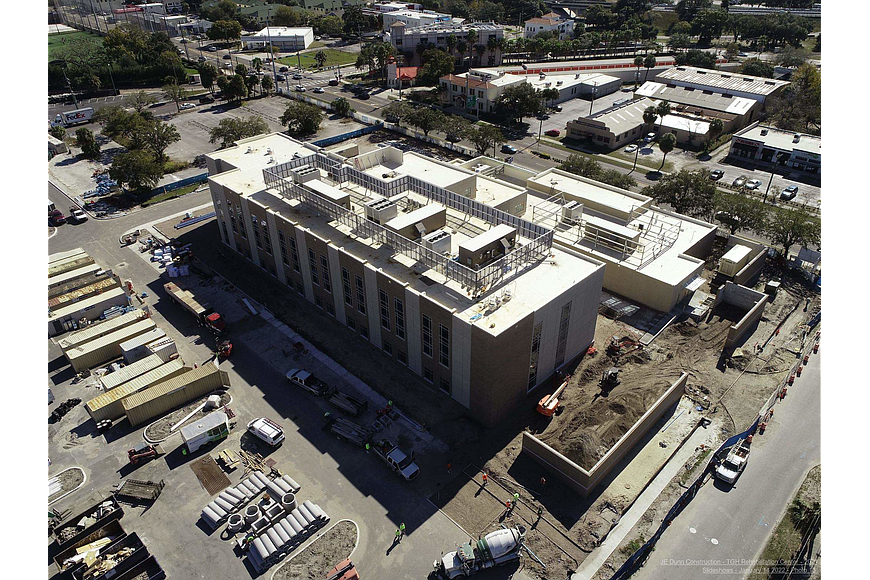- December 13, 2025
-
-
Loading

Loading

Wherever you are on the Gulf Coast, whether it is Tampa or Fort Myers or Venice, there’s a construction crew at work.